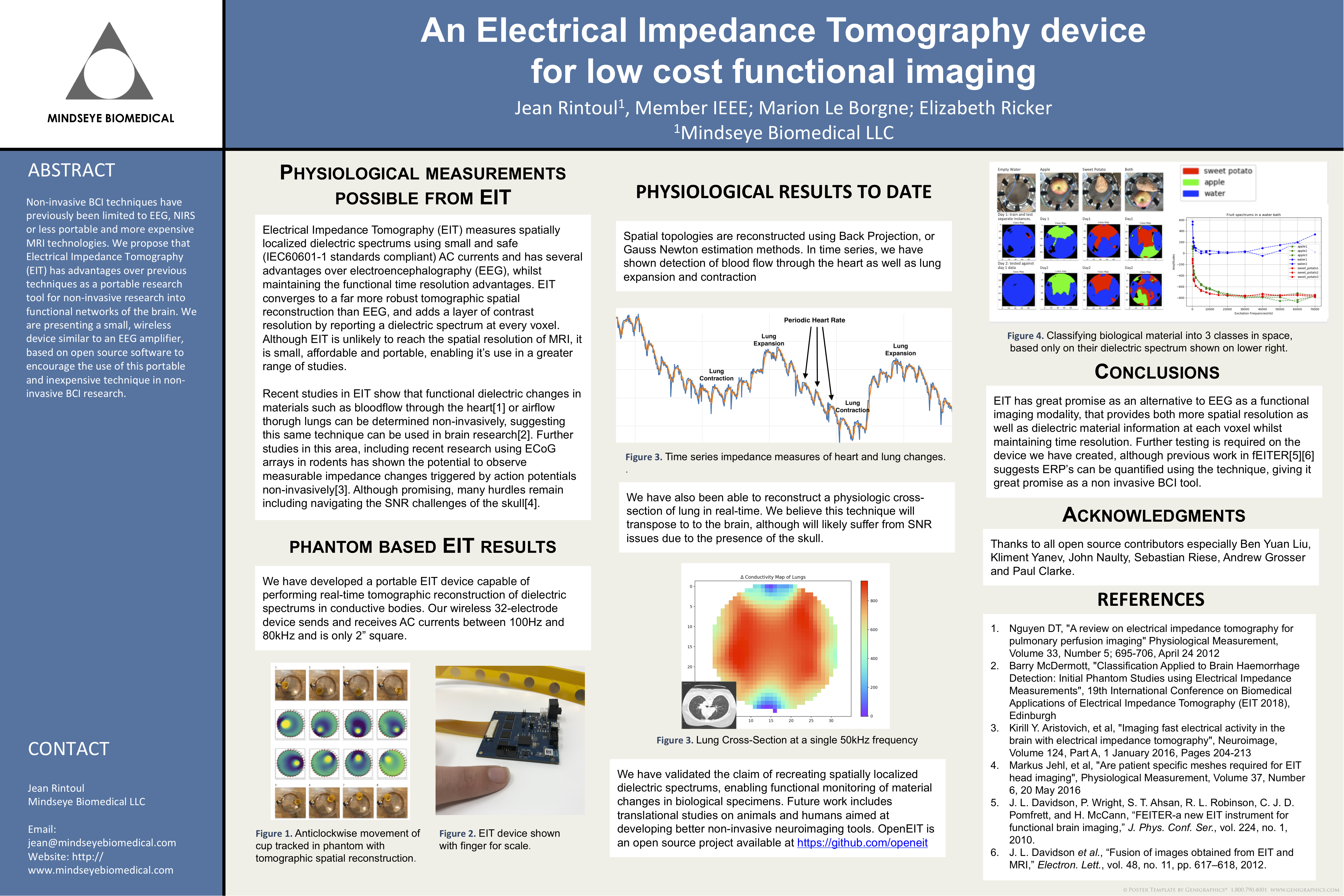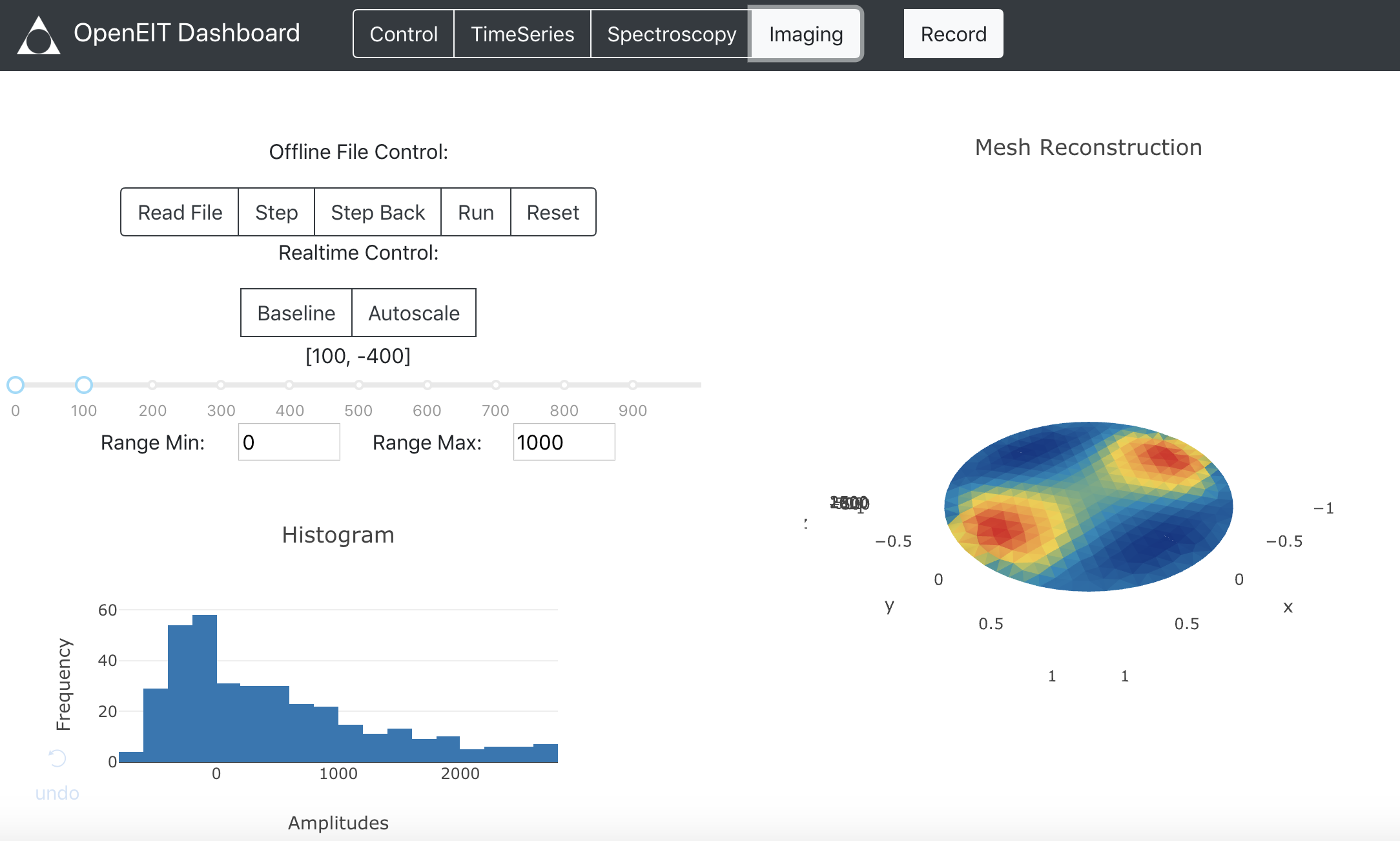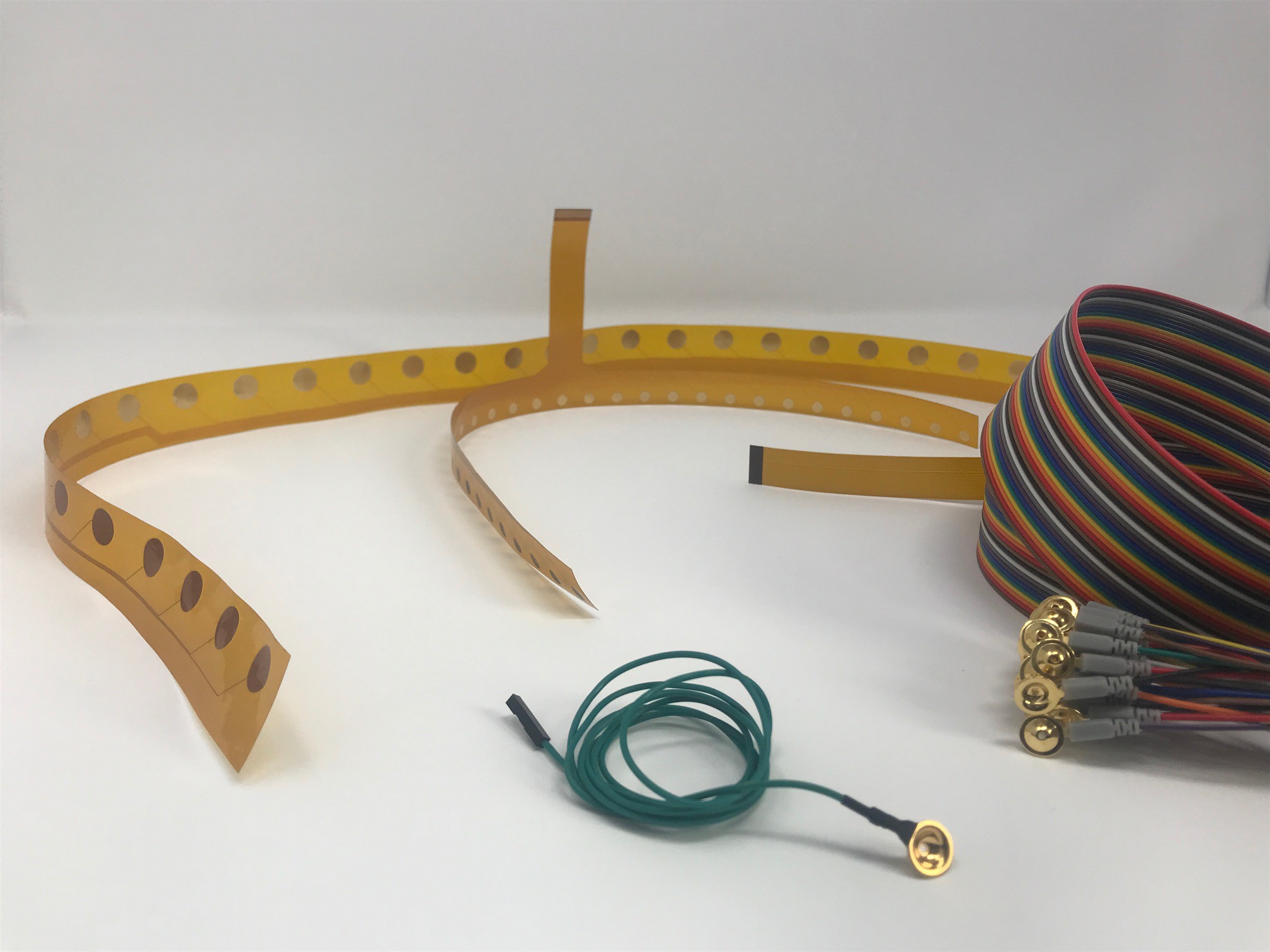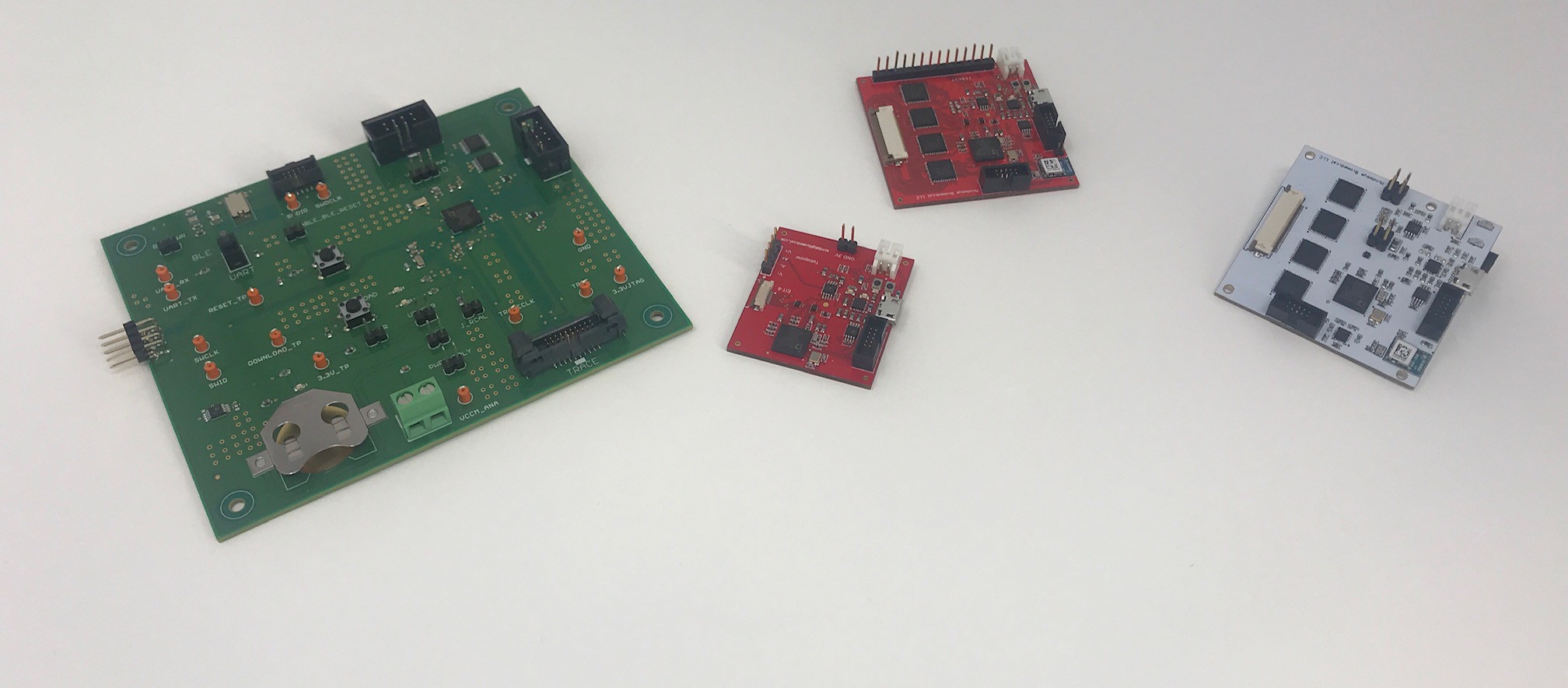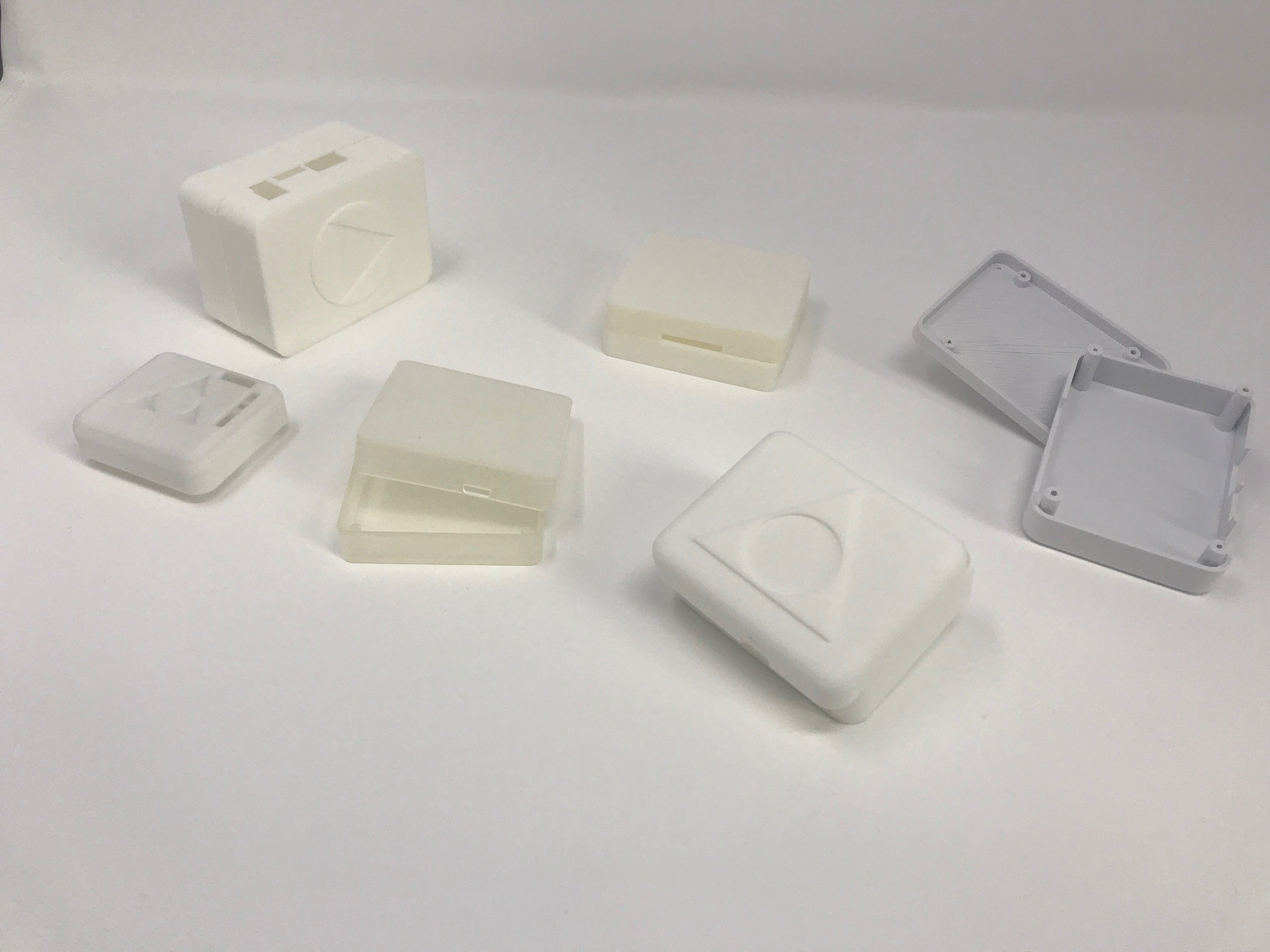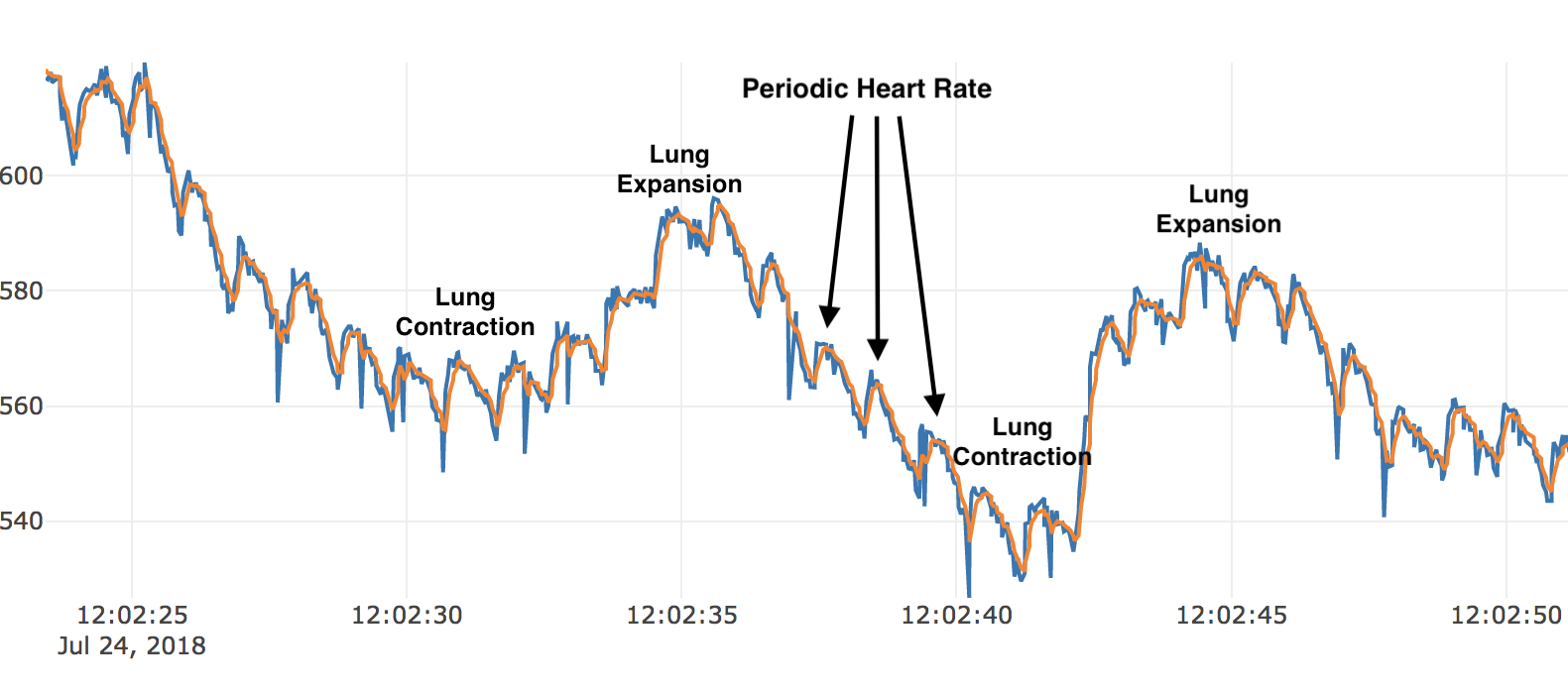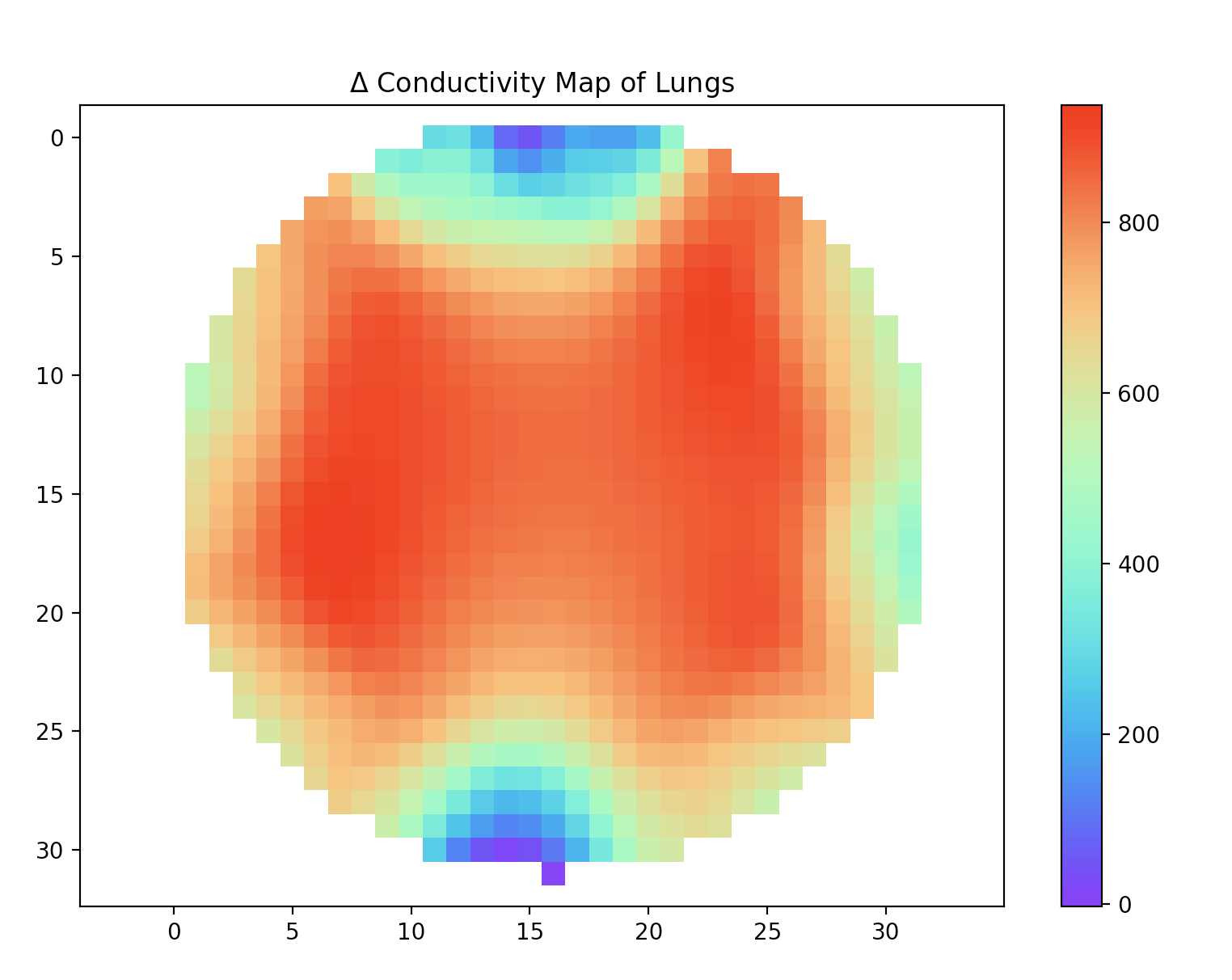-
Spectra Devices just shipped! Crowdfunding Campaign Delivered!
09/23/2019 at 23:45 • 0 commentsOnce we'd received the assembled and tested PCBs from our factory it opened the doors on kitting and shipping. So here we are!
We spent the weekend assembling Spectra devices into kits, including assembling cases, flex electrode arrays in cases, and putting all the requisite leads and cables snug and secure in padded boxes.
We've got our main mailing list running and easy to sign up to on: https://mindseyebiomedical.com/ and here are the last two posts with detailed pictures of the process.
Spectra back from the factory - https://mailchi.mp/62c3c3dd6a87/spectra-production-update-747625
Spectra is ready and prepared to ship! - https://mailchi.mp/62c3c3dd6a87/spectra-production-update-747625
Next up will be putting a little more detail on the FAQ and tutorials on openeit.github.io while things are in the mail for backers, so that thee installation experience is as easy as possible.
-
Biohacking village at DEFCON!
08/04/2019 at 22:23 • 0 commentsExcited to do a talk/workshop at DEFCON's biohacking village next weekend. Line up looks pretty interesting as an intersection of tech ideology and medicine too.
-
Thanks, a Discord collaboration channel and Crowdfunding finished!
05/17/2019 at 15:21 • 0 commentsThanks everyone who supported the CrowdSupply Campaign! We made it!
https://www.crowdsupply.com/mindseye-biomedical/spectra
We have now started a discord chat channel for the project too if you'd like to join it.
Now it's time to have a short break, then get down to making those kits for everyone!
-
Crowdfunding Campaign just went live!
04/03/2019 at 18:33 • 0 commentsAfter lots of preparation from supply chain down to ECCN shipping codes, not to mention videos and photography the Spectra campaign is now live!
https://www.crowdsupply.com/mindseye-biomedical/spectra
I'd love your support to make this a reality, and help spread the word that biomedical imaging can be easy and open to experiment with. It would be wonderful if this technology could be safely improved so that we all had tri-corders in our pockets!
-
Gestural Control Example
02/05/2019 at 18:50 • 0 commentsI've had a couple of questions lately about using this technique for gestural control. Here I show the band wrapped around my wrist in 8 electrode mode where I am repeatedly ad reliably getting different gestures. They are distinguishable just by looking at the shape of the reconstruction. This means there should be no problems and better results for gestural recognition and control should machine learning be applied.
-
Poster at IEEE Brain in San Diego
02/05/2019 at 05:51 • 1 comment![]()
We also got accepted into Neural Engineering 2019 coming up in March - https://neuro.embs.org/2019/
Exciting stuff from IEEE Brain symposium for advanced neuro-technologies included:
1.) neurograin: much smaller and more sophisticated than neural dust. I saw some, it's a grain of sand sized chip that sits on the cortex powered through induction.
https://www.brown.edu/…/resear…/research-projects/neurograin
2.) acoustically steered optics. Creates acoustic diffraction gratings to control the path of light.
"Ultrasonic sculpting of virtual, steerable optical waveguides in tissue" (in press) - https://taflab.berkeley.edu/publications/
3.) Soon to be in press, measuring near-infrared light reflected during local field potential activity. No optogenetics, just a simple straight forward correlation between light and electrical activity at the cortex. -
Announcing a CrowdSupply project
01/03/2019 at 16:56 • 0 commentsWe received a fair few requests for kits to be made available and are happy to do so now that the most recent software updates are all tied up and ready to go.
If you'd like to get sign up to hear about buying a kit then sign up to the link below:
-
Ode to Code
11/05/2018 at 18:29 • 0 comments![]()
Software improvements
The project frontend and dashboard does tomographic reconstructions in real-time, has been through several iterations. The first attempt was my own hand crafted(with the help of Open CV's radon transform) back-projection method with 8 electrodes. Then a move to use matplotlib and TkInter as the GUI front end and the pyEIT library which provides 3 very nicely implemented EIT algorithms.
After talking to Marion Le Borgne, who created Cloudbrain (http://getcloudbrain.com/) about her implementation using plotly and electron, it became clear that this was the way of the future! It would be much nicer to have an app that could simply be downloaded, and this is what electron does, while still leaving the flexibility and hackability of the python numerical backend in place. For those interested, they can go to the github respository and play, but if you just want to try it out, record data and do experiments, this front end should be the easiest. This update is still underway, so stay tuned!
-
A tale of 32 cables: Process Log
10/21/2018 at 21:00 • 0 commentsI thought I'd make this one more of a process log, showing some of the experiments and iterations along the way.
The idea of using a flex PCB as an electrode cable seemed efficient, as nobody likes having cables go everywhere and having them be the wrong size for your needs. This is both a good and a bad idea. It works great in tanks and I believe this is a superior method when doing reconstructions in phantoms, and it also works on the body. The problems with flexPCB's come when you encounter a concave location on the part of the body you are imaging. For instance the dibit that your backbone makes around your thorax. To get over this, I also made the 32 electrode cable which you see here on the lower right - I am yet to try it as it just arrived but it appears like it will be a good solution to the concavity issue.
![]()
PCBs aren't born perfect it turns out and it took a few attempts(and I still have one more final run planned actually). On the left you can see my initial attempt which worked for 8 electrode EIT but had a couple of small errors. It's not as user friendly as the design on the right but has bluetooth and lots of options and test points not to mention being a bit on the large side! The second smaller board was one made just to do 8 electrode EIT as well as bio-impedance spectroscopy. The third board shows my move to 32 electrode EIT. At this stage I decided to do another run which was all about user friendliness and fitting neatly into a box with a battery which is the white PCB on the right. I made a small mistake in the FTDI chip arrangement, which means I need another run, though this PCB works in most regards(the analog sections and the bluetooth as well as the power sections are all good). The next iteration will have the FTDI chip fix as well as a few more added tests points.
![]()
Finally we have the boxes - it's always nice to have an enclosure which both protects the PCB and houses the battery. Mechanical design is not my forte and here are a few attempts. I started with a transparent design(the yellowish looking thing on the left bottom) an decided transparent 3D printing is not the way to go. The large one on the left was a bit overly generous with space and it's nicer to have something snug. The one on the far right, was not done with ABS but PLA instead and you can see how rough the finish is on that. It's so rough the screw holes aren't functional. Then, there is the one at the bottom which fits snug, is relatively smooth and does the job!
![]()
-
New thorax lung images and time series of breathing
09/11/2018 at 20:25 • 0 commentsWith the latest PCB revision: spectra, I can wrap the electrodes around my middle to see lung expansion as well as heart rate. Below is a time series of just 4 electrodes to show breathing in and out, as well as impedance changes due to the movement of blood through the heart.
![]()
Once I'd get the time series data on my body, I went to wrap the 32 electrode cable around my thorax and used the GREIT algorithm to do a tomographic reconstruction of a conductivity map of my lungs. This is just an initial image, and you can clearly see I have two lungs! Further work could be done to refine the algorithm, and ensure the connection to my body is good but I am quite happy with this as a tomographic image reconstruction, using only 32 electrodes. In comparison, a CATSCAN typically uses upwards of 256 'electrodes' or angles for it's reconstruction, and also uses ionizing radiation. Below is the frequency at 25kHz, so it's just one frequency. With multi-frequency EIT even more information should be available.
![]()
 jean
jean